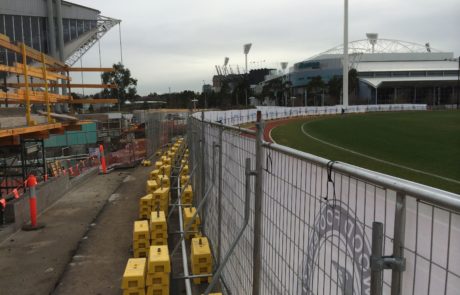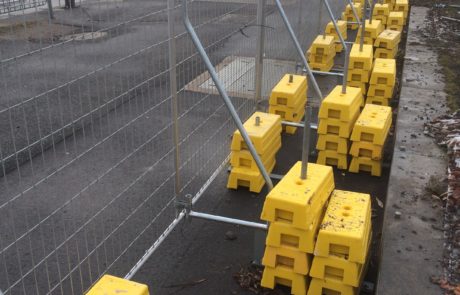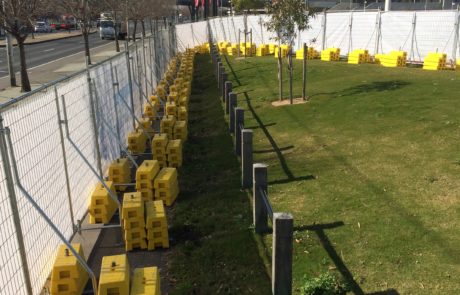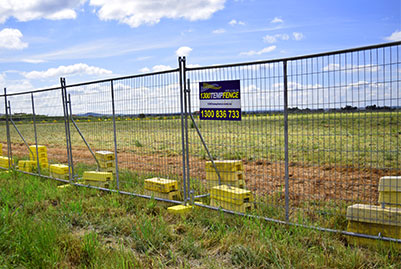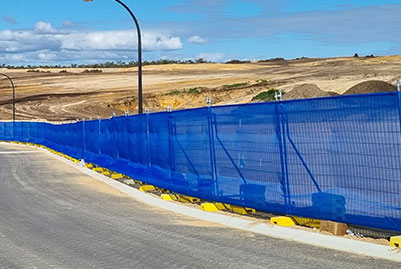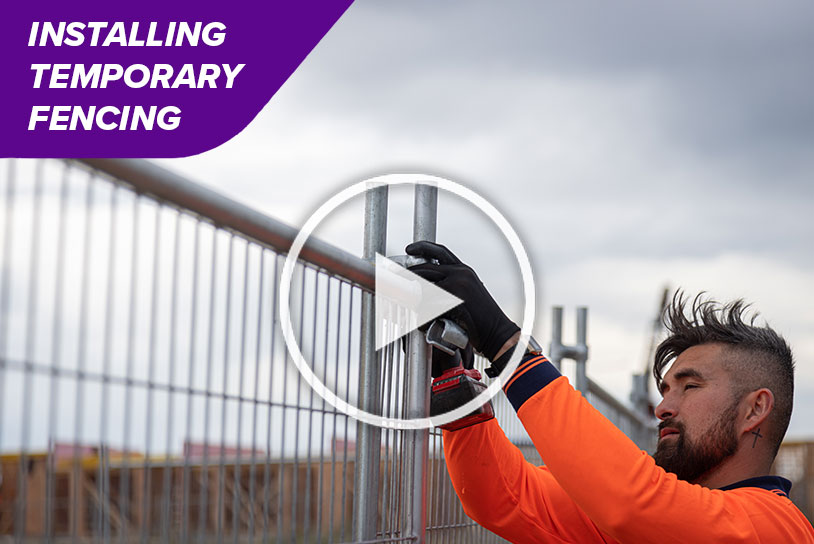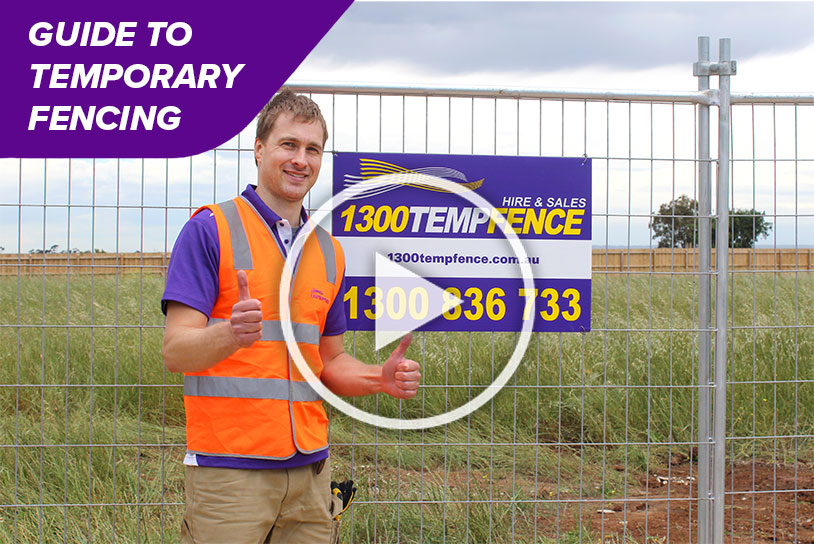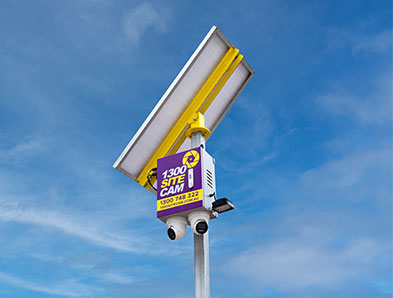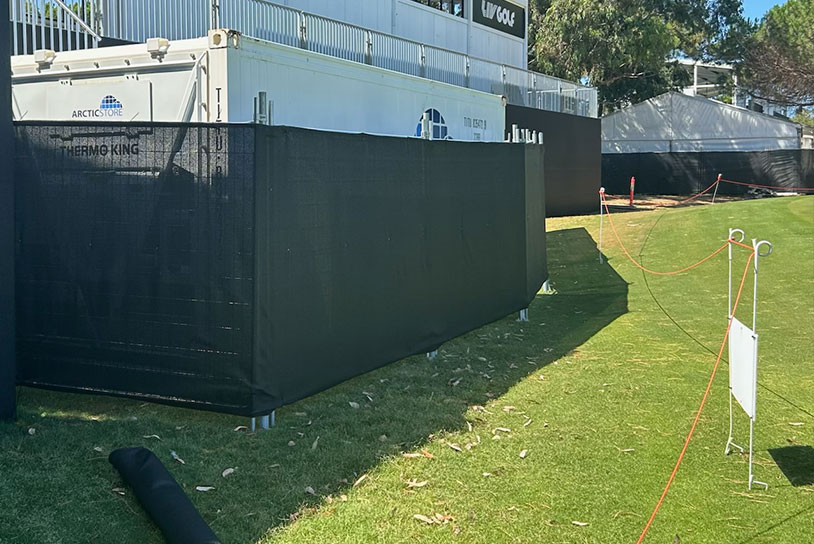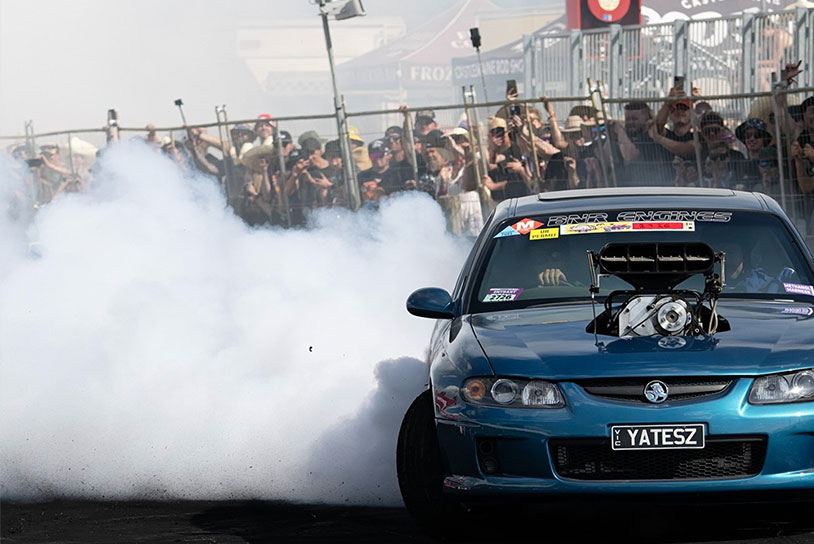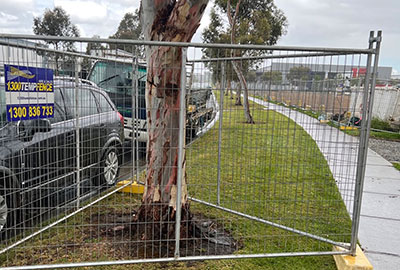TEMPORARY FENCING – ENGINEERED BRACING SYSTEMS
1300TempFence have been at the forefront of the temporary fencing industry for over 25 years, with one of our founding members, Managing Director Bruce Fouracre, having sat on the Australian Standards committee for temporary fencing for over 14 years.
As a business we are constantly striving to innovate to provide extra levels of safety and security for our customers. Throughout the years the application of shade cloth and printed banner mesh to temporary fencing installations has meant an extra requirement for support bracing and engineering. By placing this product onto a fence, this creates a “sail” type effect and can topple a fence with what might only be considered a mild breeze. The minimum standard according to AS-4687:2022 is that a fencing installation must be able to withstand a windspeed of 54 km/hr.
To achieve the minimum standard, 1300TempFence have developed different bracing configurations which are dependent on the density and porosity of the shade cloth applied to the fence. These configurations are pre-engineered so our customers can have peace of mind that they are providing the safest product that they possibly can.
We have engineering to suit the following wind speeds and shade cloth/mesh densities:
- 54km/hr or 15m/s Windspeed for both 70% and 100% block out mesh/shade
- 86km/hr or 24m/s windspeed for both 70% and 100% block out mesh/shade
- 128km/hr or 35.5m/s windspeed for 70% block out mesh/shade
To achieve these engineering specs, we deploy our Support Stay and Hook Stay bracing or in most cases a combination of both.
SUPPORT STAYS
The most common form of support bracing for temporary fencing. These are also referred to as F-Braces due to a different style of brace in the market that is shaped like an “F”. A Support Stay is deployed where two fence panels join and clamped at the top and bottom. Most commonly they have 3 concrete feet installed on to them, but can have up to 5, depending on the requirement and site conditions.
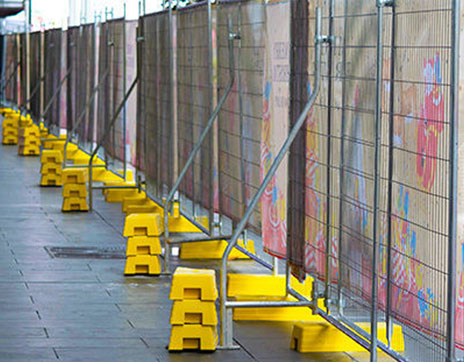
HOOK STAYS
Hook Stays are less common and generally used in conjunction with a Support Stay. When Support Stays are used by themselves, they can provide a pivot point for the fence, resulting in the fence blowing over on itself in extreme weather. To combat this, we developed the Hook Stay which is attached to the base of the fence panel to stop the panel from lifting. The Hook Stay can take up to 5 concrete feet as well, but most commonly is installed with 3.
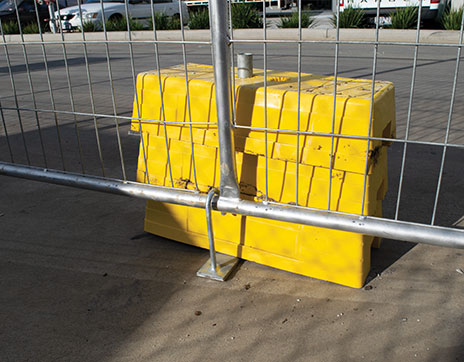
The following images shows a highly engineered system deployed at a prominent location in Melbourne. As you can see, both types of bracing are critical to achieve the wind rating that the client requires.
To discuss your options for temporary fence bracing and engineered systems in more detail, please call our nearest office at 1300 836 733.




